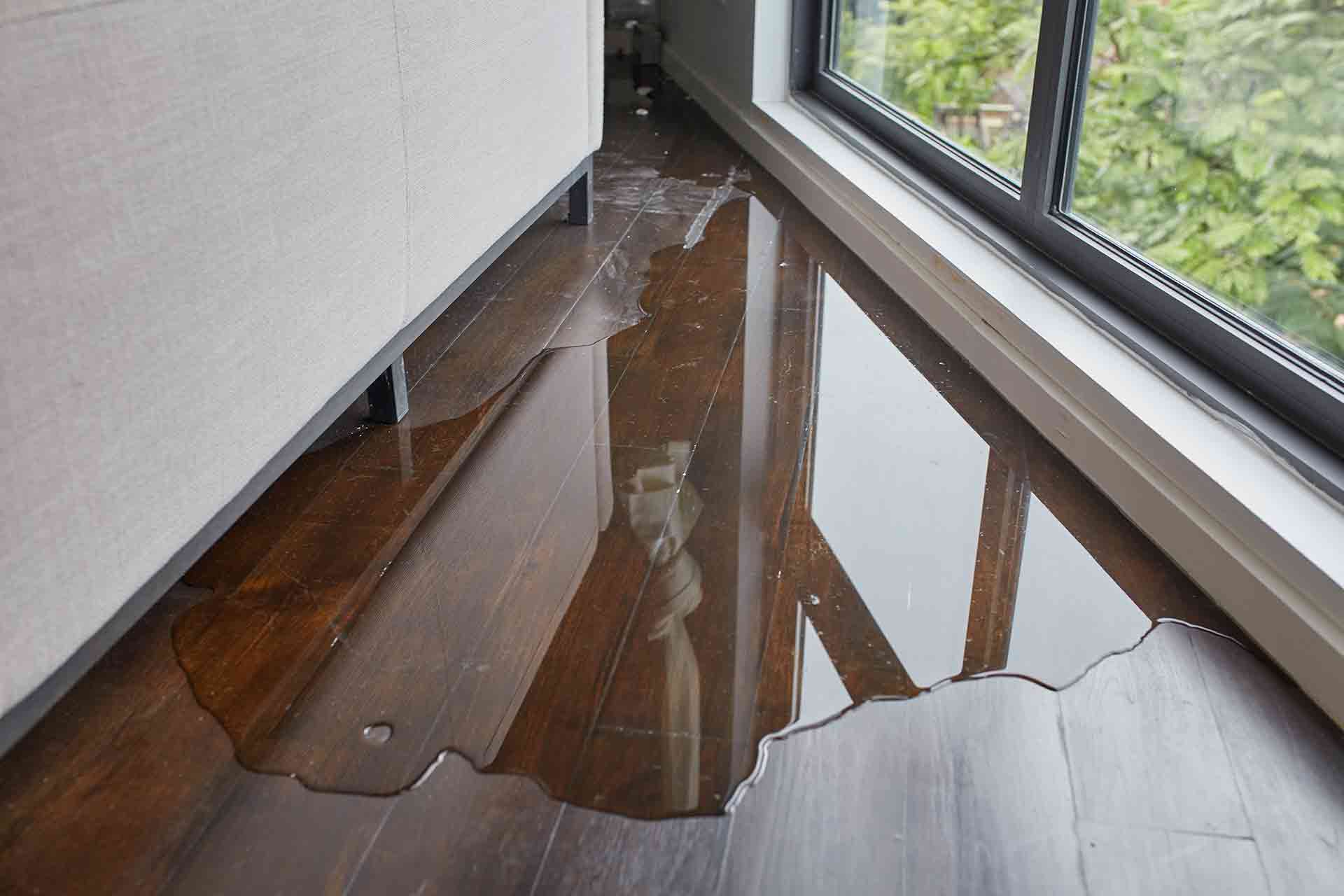Preventing Water Damage in the Bathroom
Preventing Water Damage in the Bathroom
Blog Article
The content down below pertaining to Looking for Signs of Water Damage in the Bathroom is definitely enlightening. Have a go and make your own assumptions.

The shower room is exceptionally at risk for moist build-up and also potential water damage because of the regular use water in it. This article provides basic examination strategies to help spotting water damage dangers.
The constant use of water in the restroom makes it very prone for wet buildup and also potential water damage. By examining it frequently, you can minimize water relevant problems.
The following set of evaluations is simple to do and also need to be done as soon as in every 3 months in order to maintain your bathroom in good shape and to prevent potential water problems brought on by the bathtub, the shower, pipe joints and plumbing, sinks, cabinets, and also the commode
Do not forget doing these assessments and also be detailed while executing them. Remember that these easy evaluations can save you a lot of money by offering early indications for water damage
Bath tub and also Shower
The shower and also bath tub need special attention and maintenance. Examine the floor tiles and also change if split. Ensure that there is no missing grout in between the floor tiles. Check as well as replace cracked caulking at joints where the walls fulfill the flooring or the tub. Blocked drains and also pipelines issues will prevent the bath tub from drying out as well as may indicate significant issues below the bathtub. Consult with an expert instantly to prevent architectural damage. Pay attention to stainings or soft locations around the tub walls as they might suggest an internal leakage.
Plumbing
Signs for water damages are hard to identify considering that many pipelines are set up inside the walls.
Pay unique interest to flooring as well as walls dampness as well as stains as they might suggest an invisible plumbing trouble. Inspect dampness degrees in adjoining areas as well.
Sinks and also Cabinets
Sinks as well as cabinets are subjected to moisture and also humidity day-to-day as well as are often ignored. Inspect consistently under the sink as well as on the kitchen counter above it. Fix any type of drip in the catch as it may recommend drain troubles. Take a look around the sink, slow-moving draining pipes might indicate an obstructed drain. Change sink seals if they are cracked or loose.
The Commode
The bathroom is an at risk water junction. Examine the water lines and look for leakages around the bathroom seat, in the tube, and under the water storage tank. If you detect any type of indicators of wetness on the flooring around the toilet, check for leakages in the toilet rim as well as container seals.
Understand that hanging bathroom dish deodorants boosts the opportunities for blockages.
TIPS TO PREVENT WATER DAMAGE IN THE BATHROOM
The average household uses approximately 80-100 gallons of water per person per day. For a family of 4, that's almost 2,500 gallons of water a week! The largest portion of this consumption comes from bathroom use. Flushing the toilet uses the most water, followed by taking a shower or bath. With that much water running through the home, water damage in the bathroom is bound to happen. Knowing how to spot signs of a water leak is essential to preventing long-term damage. This guide provides you with tips to reduce the impact of water damage on your bathroom.
CAUSES OF BATHROOM WATER DAMAGE
Pipe breaks are the most common cause of water damage we see in our daily jobs. The age of a pipe plays a large role in a pipe break as well as corrosion. Over time, the metal begins to break down, allowing water to escape. Frozen pipe breaks are also a concern in the winter months. Toilet overflows caused by paper products or children flushing inappropriate items. Degraded caulking around the toilet or bathtub can allow water seepage, sometimes behind the fixture, into the subfloor or walls. Condensation forms when the water in a pipe is cooler than the air temperature. Beads of water form on the exterior of the pipes, sometimes so much so that the water begins to drip and pool below. Sink or shower backups created by poor drainage. HOW TO PREVENT WATER DAMAGE IN YOUR BATHROOM
Inspect your toilet supply line for worn or frayed hoses and replace them as needed. Winterize your plumbing to prevent a frozen pipe break. Use vent fans to prevent condensation that can lead to mold growth. Routinely check and replace degraded caulking around your toilet or bathtub. Increase the temperature in your toilet tank and insulate your pipes during the warm summer months to keep condensation from forming. Use child safety locks on the toilets. Flush only toilet paper. "Flushable" wet wipes are actually not good for your plumbing system. Additionally, feminine hygiene products should not be flushed. Prevent water from escaping the tub or shower. Make sure shower curtains are in good condition. Inspect shower doors and replace the seal strip if necessary. Wipe up any water that accumulates on the floor and use bath mats. Water left to sit can cause damage to the tiles and flooring. Refrain from using bath products containing heavy oils to avoid a clogged drain.

As an avid person who reads on How to Prevent Bathroom Water Damage, I figured sharing that excerpt was essential. Sharing is caring. Helping people is fun. Bless you for your time. Visit us again soon.
Set An Appointment Report this page